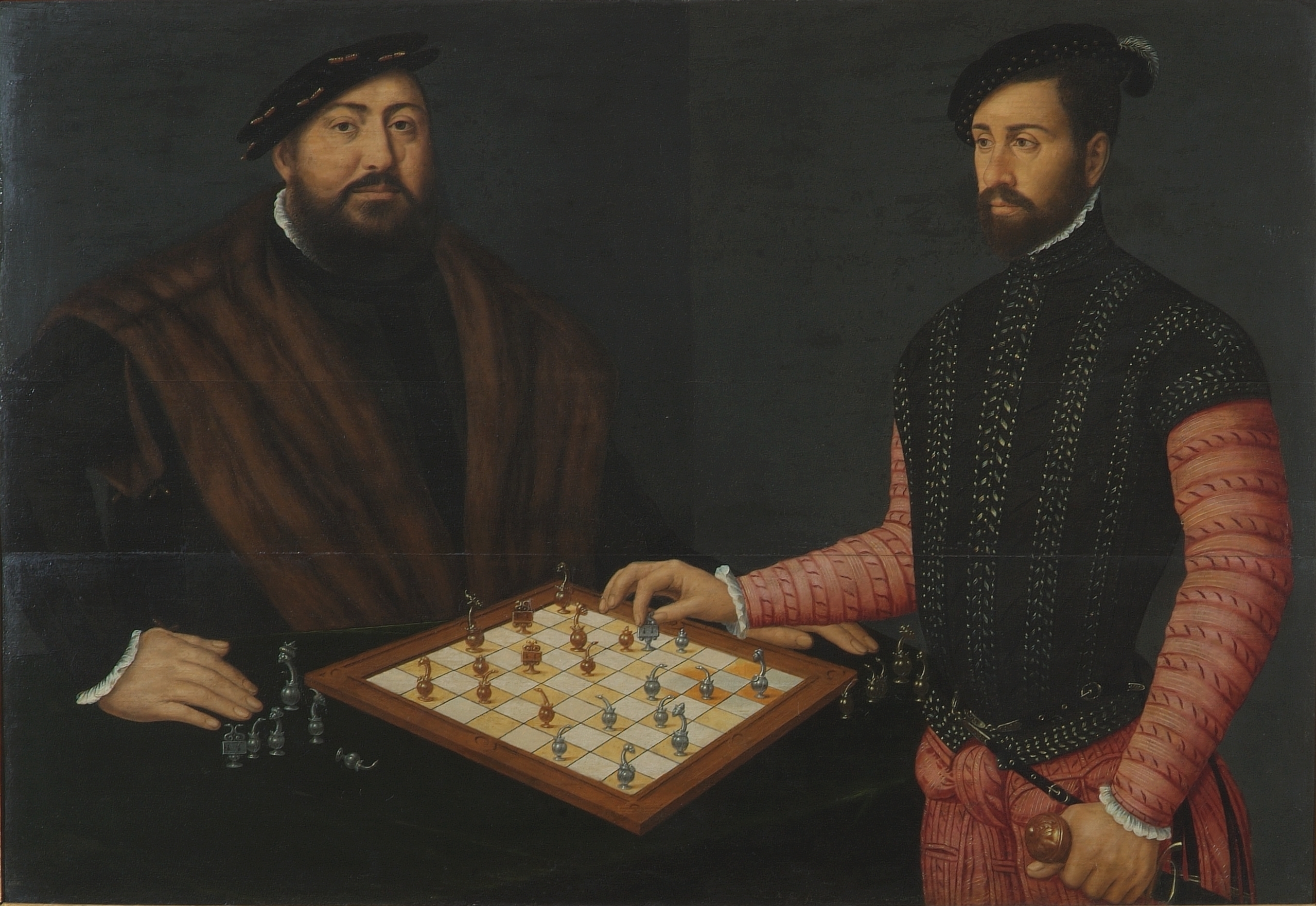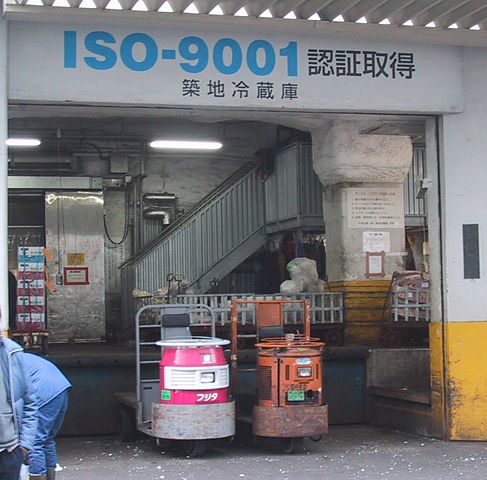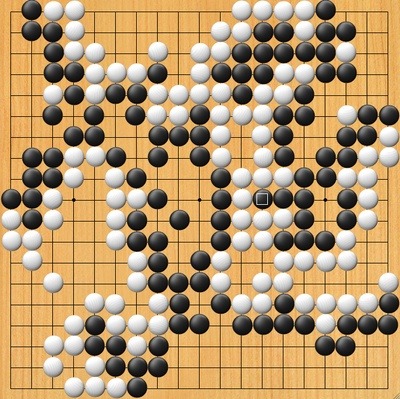
I am always curious about how people rapidly learn complex domains, and this piece in the Wall Street Journal about how “speed learner” Max Deutsch approached his challenge of chess grandmaster Magnus Carlsen with only one month to train was fascinating. This was the latest in a series of accelerated learning challenges he’s called Month to Master (M2M).
What particularly stood out was his attempt to use machine learning to develop an algorithm to help him analyze Magnus’ patterns. While–spoiler alert–in the end it was unsuccessful, it is none the less remarkable to consider what is possible today with just a laptop, some code and some relevant data to analyze.
Also worthy of note is Max’s insistence on 8 hour of sleep every day–so with that, I’m off to bed.

